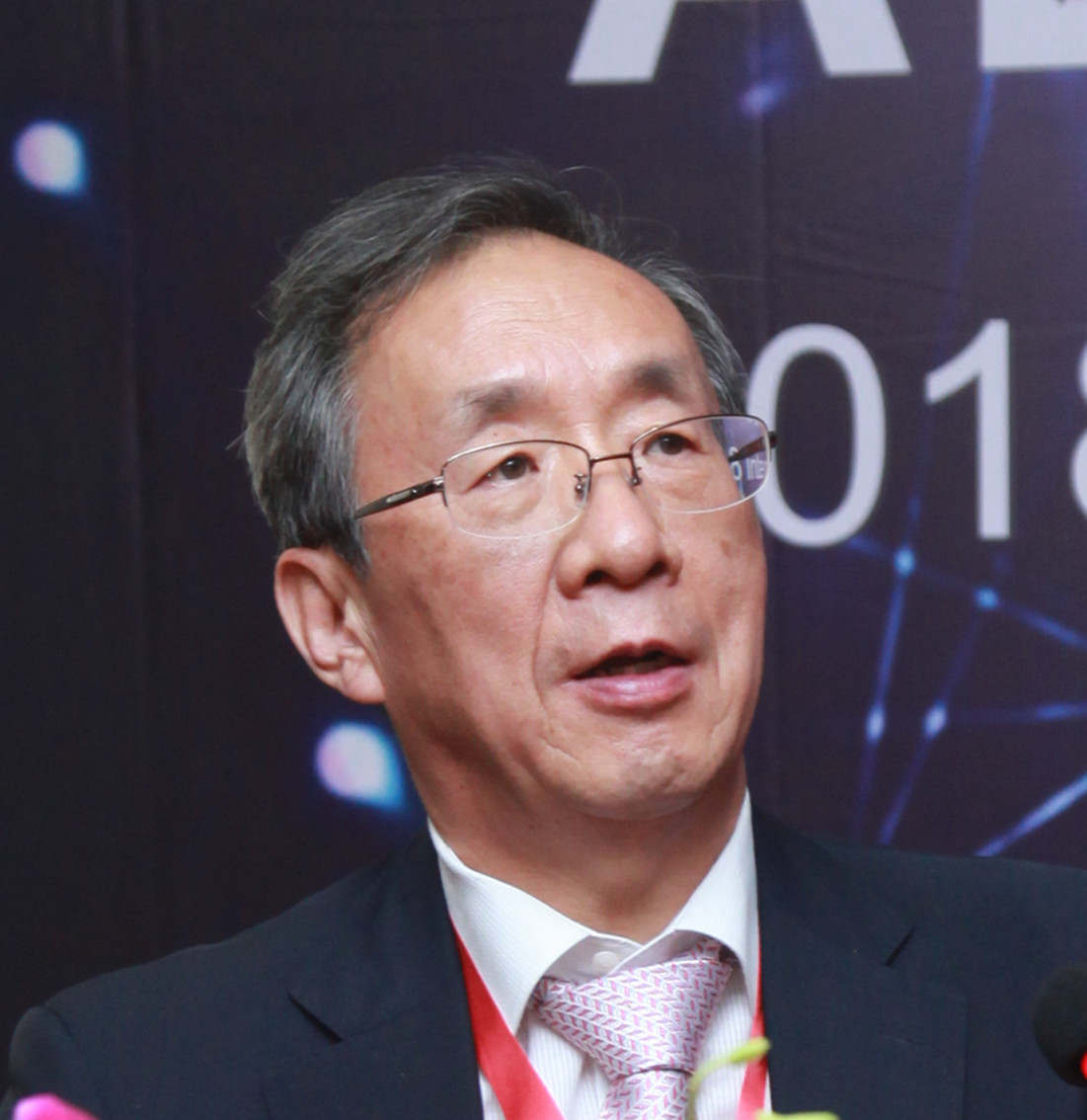Applications of the stimulated Brillouin scattering for the high-power and high-repetition rate laser system
演讲课题:Applications of the stimulated Brillouin scattering for the high-power and high-repetition rate laser system
演讲人:Hong Jin Kong
演讲摘要:
Stimulated Brillouin scattering (SBS) is a famous nonlinear scattering effect involving acoustic phonons. The incident beam is scattered by a random phonon in the medium. The backward scattered beam makes an interference with the incident beam and causes electrostriction. This electrostriction makes an acoustic grating in the medium and the backward scattered beam stronger. The strong backward scattered beam enhances the acoustic grating, and this positive feedback process makes the acoustic grating to reflect most of the power of the incident beam. The reflected beam is a phase conjugate wave of the incident beam, and the reflected beam has slightly lower frequency than that of the incident beam. The frequency difference corresponds to the frequency of the acoustic phonon. In a fiber, the SBS introduces the significant propagation loss of the optical signal. There are many attempts to reduce the SBS effect in the fiber. On the other hands, scientists have researched to apply SBS on the fields of the high-power and high-repetition rate laser. One of the applications of the SBS in high power laser is a phase conjugate mirror (PCM). As mentioned above, the reflected beam of the SBS grating is a phase conjugate wave of the incident beam. If it is applied to the high-power laser system, it can improve the output beam quality and compensated the wavefront aberrated by amplifiers. There are several methods which can obtain similar effect, but the SBS-PCM has simplest structure, which consists of a medium and a focusing optical element. These advantages are useful to combine the beam coherently. Many scientists have tried coherent beam combining to obtain high output energy at high repetition rate operation. It is considered that the SBS-PCM is not proper to combine the beam coherently because of the random phase of the phase conjugate wave, but the self-phase-control method proposed by Hong Jin Kong in 2002 resolved the random phase issue. Kong and his colleagues were demonstrated the coherent 4-beam combining using self-phase-controlled SBS-PCM at the 1 W (100 mJ @ 10 Hz) class low power laser system, and now they try to demonstrate the coherent beam combining at the high-power region over 100 W (100 mJ @ 1 kHz). The other application of the SBS in the laser system is a pulse compressor. The SBS amplification transfers the energy from the incident beam to the reflected beam. If the interaction length is long enough, the leading edge of the reflected beam is amplified, and the pulse width of the reflected beam is compressed. This effect can compress the pulse width from 10 ns to several hundreds of ps. This SBS pulse compression can be applied to the medical laser for skin treatment, fast ignition and shock ignition of the laser inertial fusion energy, and so on. The compressed pulse width by SBS pulse compression depends on the intensity of the input beam. For the Gaussian input beam, the spatial intensity distribution introduces the large difference of the compressed pulse width between the edge and the center of the beam. To relieve this difference, two methods such as clipping the output beam and optimizing the parameters have been tried. As results, the cross-sectional pulse width difference is decreased from 5,360 ps to 180 ps when the parameters are optimized. In the summit, the author will show the detailed presentation about the coherent beam combining using SBS-PCM and the SBS pulse compressor.





















